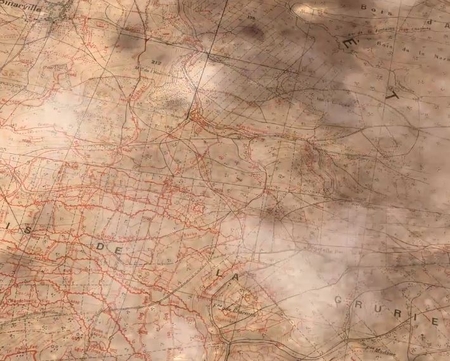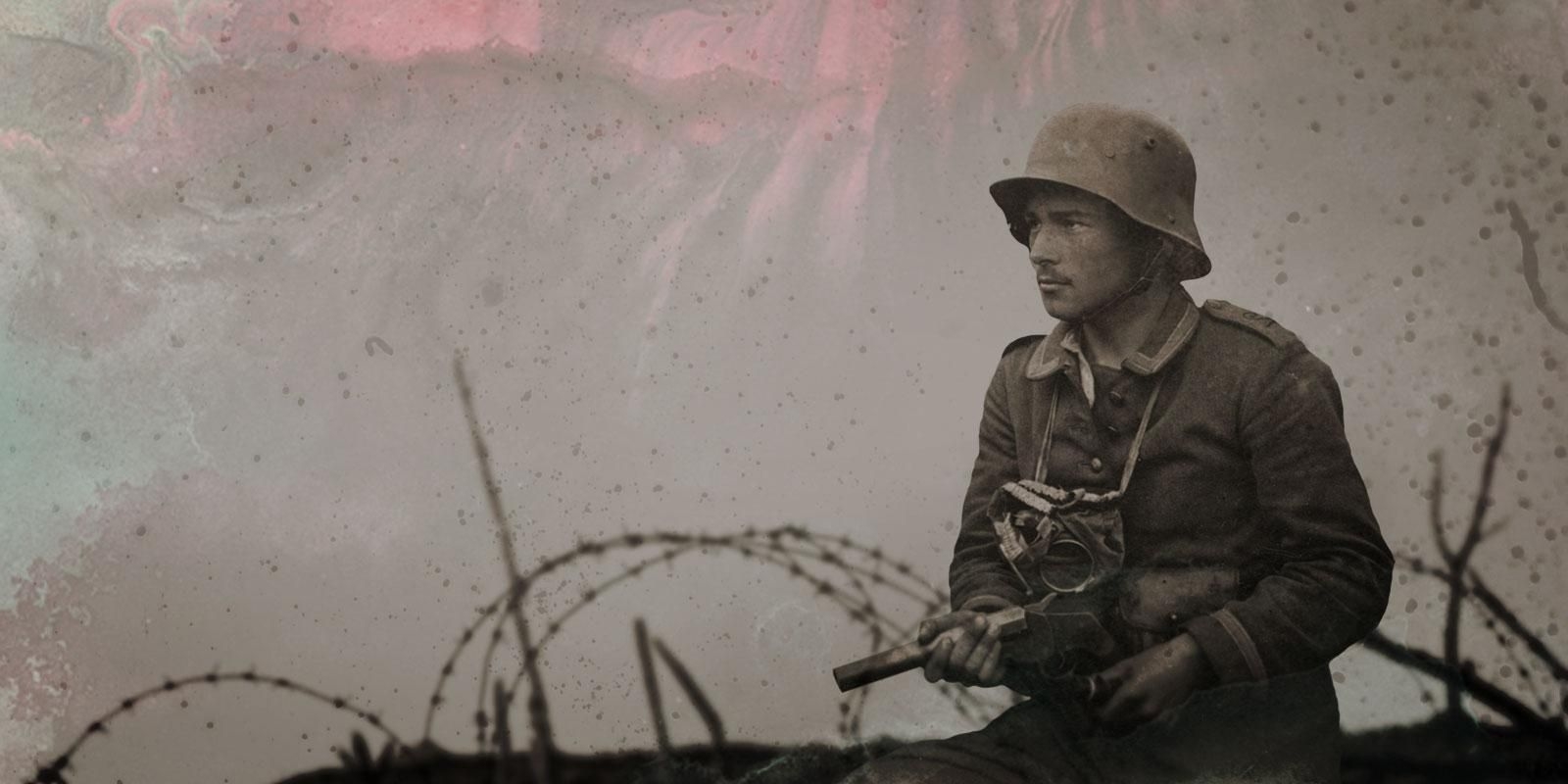Explore the Argonne front

What can archaeology tell us about daily life during the Great War? What sort of artefacts do archaeologists find? What can these finds tell archaeologists that they do not already know from the accounts of those who experienced the war? The website has been awarded Mission du Centenaire status

Based on the results of the most recent research carried out using the latest technology, including topographical surveys produced by airborne laser scanners (Lidar), the website invites visitors to fly over the frontline at Argonne and discover the remains of the French and German camps.
A presentation on the Borrieswalde rest camp offers an insight into the daily lives of soldiers during the Great War, including the railway station with trains at all hours, the officers mess, cabins and cinema.
Archaeology provides us with information on daily life and on burial practices. Excavating the graves of soldiers sheds light on the difficulty of managing death on a massive scale ‒ something rarely mentioned in accounts written at the time. It sometimes reveals surprising marks of comradeship and burial “rituals" .
The site also explores the development of this still young discipline, which emerged in the early 1990s, during rescue excavations carried out prior to the construction of motorways and high-speed train links. In the Nord and Est regions of France, archaeologists had to deal with the “rediscovery" of remains from the First World War. It took almost two decades to determine the appropriate methods and to organise archaeological research into this period like no other.
"No, your agony is not over, my brothers, for iron will wound you still when the farmer’s spade comes foraging in your tomb."
Roland Dorgelès, Artois, 1915.